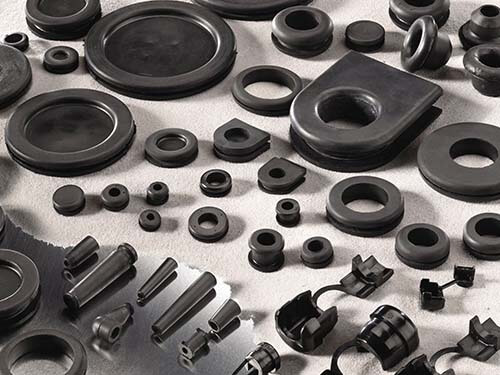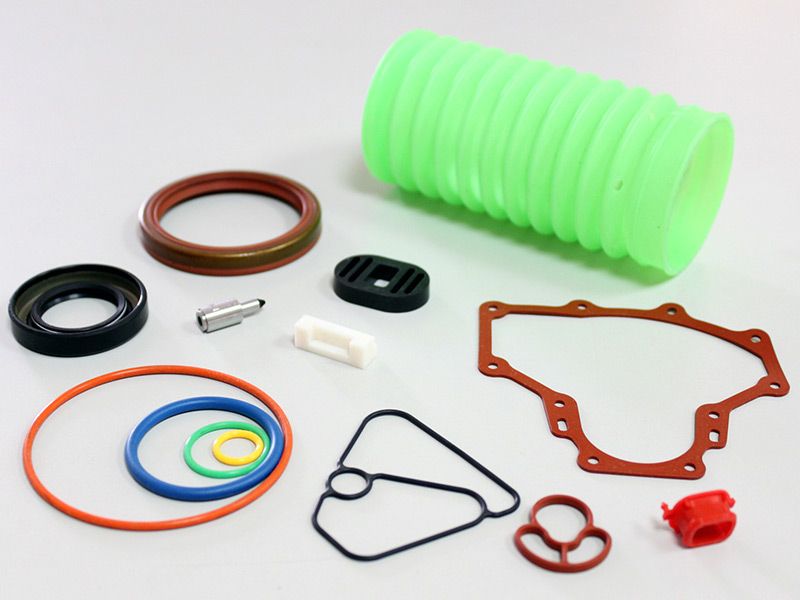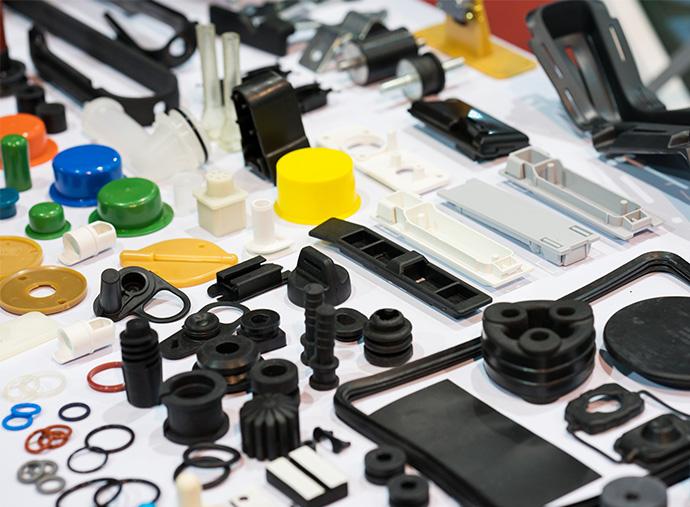What Are Rubber Parts? A Comprehensive Guide
Introduction
Rubber parts are essential components used in a wide range of industries, from automotive to healthcare. They are valued for their flexibility, durability, and resistance to various environmental factors. If you’re curious about what rubber parts are, how they’re made, and where they’re used, this guide will provide all the answers.

What Are Rubber Parts?
Rubber parts are components made from natural or synthetic rubber, designed to meet specific functional requirements. They are used in a variety of applications due to their unique properties, including elasticity, shock absorption, and resistance to heat, chemicals, and wear. Some common examples include:
-
Rubber gaskets and seals
-
Rubber O-rings
-
Rubber bumpers and pads
-
Rubber hoses and tubing

Types of Rubber Used for Rubber Parts
-
Natural Rubber: Known for its high elasticity and strength, ideal for tires and seals.
-
Synthetic Rubber: Includes materials like EPDM, neoprene, and nitrile rubber, each with specialized properties.
-
Silicone Rubber: Resistant to extreme temperatures and UV radiation, used in medical and food-grade applications.
-
EPDM Rubber: Weather-resistant and durable, often used in automotive parts.

Applications of Rubber Parts
Rubber parts are used across various industries, including:
-
Automotive: Seals, gaskets, hoses, and vibration dampeners.
-
Healthcare: Medical tubing, gaskets, and seals for devices.
-
Industrial: Conveyor belts, gaskets, and insulation materials.
-
Consumer Goods: Rubber grips, mats, and footwear.

The Manufacturing Process of Rubber Parts
-
Material Selection: Choose the appropriate rubber type based on the application.
-
Molding: Techniques like injection molding, compression molding, or extrusion are used to shape the rubber.
-
Vulcanization: A chemical process that enhances the rubber’s strength and durability.
-
Finishing and Quality Control: Trimming, inspection, and testing to ensure the parts meet specifications.

Benefits of Using Rubber Parts
-
Durability: Resistant to wear, tear, and harsh environments.
-
Flexibility: Can be molded into complex shapes and designs.
-
Sealing Properties: Excellent for preventing leaks and contamination.
-
Cost-Effective: Affordable and long-lasting, reducing maintenance costs.
Why Choose [Your Factory Name] for Rubber Parts?
At [Your Factory Name], we specialize in manufacturing high-quality rubber parts for a variety of industries. Here’s why we’re the best choice:
-
State-of-the-art facilities: Advanced equipment ensures precision and consistency.
-
Expert team: Skilled engineers and designers to meet your requirements.
-
Custom solutions: Tailored to your specific needs.
-
Competitive pricing: Affordable without compromising quality.

Conclusion
Rubber parts are versatile, durable, and essential for countless applications across industries. Whether you need automotive seals, medical tubing, or industrial gaskets, Xiamen Yidexin is your trusted partner for high-quality rubber parts. Contact us today to learn more about how we can help you.







 86-592-5659128 (to8016)
86-592-5659128 (to8016) anna@xmydx.com
anna@xmydx.com sallyliao1985
sallyliao1985 xmydx02
xmydx02 +86-13606037597
+86-13606037597